Defensive driving is key to avoid car crashes and other road threats. It’s one of the most important areas you need to cover before getting your driver’s license.
Use eTags© to Quickly Complete Your DMV Service. Renewals, Title Transfers and More, All Online!
In fact, defensive driving is an alternative to most drivers who are reluctant to drive without supervision, which reduces the chances of getting involved in a car accident.
This doesn’t mean that you should always feel tense about potential threats on the road. It simply means that you should be cautious when controlling your vehicle by anticipating the reaction of other drivers.
Know that over 37,000 people die in road accidents every year, and it’s in your best interest to take preventive actions before risking your life for not driving defensively.
For that reason, here are 5 defensive driving tips every new drivers must take note before hitting the road.
#1 Put down your phone while driving

You won’t be the first driver who just got an important text or call while driving along. But, how important is for you to reply to that text or call? Is it a life-changing situation? Not at all.
If you are using your cell phone while driving, you’ won’t be giving full attention to your driving and other drivers around you.
Many people underestimate the risk of using cell phones while driving. It’s extremely distracting. If you really need to reply to that important text or answer that urgent call, wait until you find a safe place to park. Simple and safe.
SEE ALSO: How Texting and Driving Might Be Effecting Your Auto Insurance Rate
#2 Watch out for traffic signs
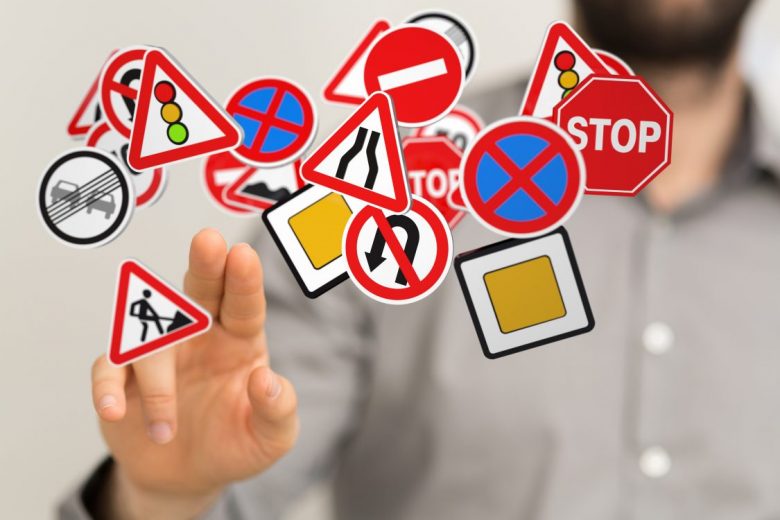
It’s so important to pay attention to those traffic signs that were intentionally place on different areas for you to follow. If your driving instructor warned you to pay attention to those red stop signs or speed limit signs, take that warning seriously.
Never follow what the other driver ahead of you is doing. It could be that the other driver is not paying attention to the road signs. He may be driving irresponsibly and that could get you involved in a car accident.
Always follow those traffic signs to avoid any potential threat of a car accident.
SEE ALSO: Can You Get Pulled Over? 20 Common Traffic Stop Questions
#3 Keep your distance from other vehicles
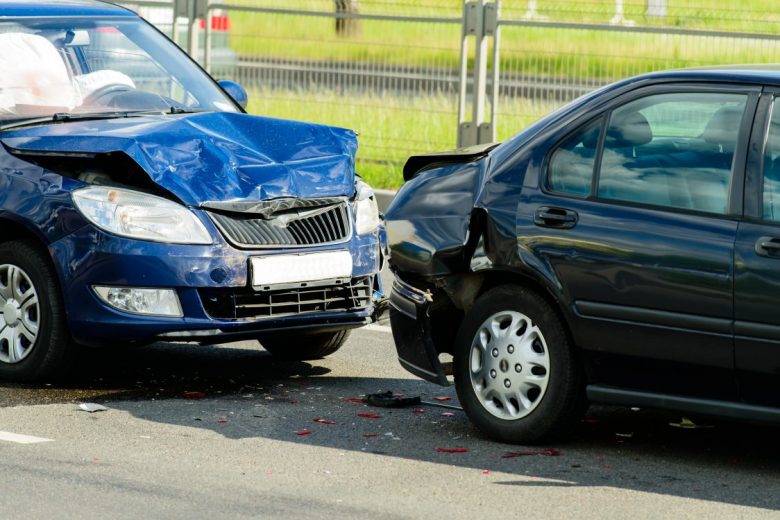
Part of driving defensively is to focus on how close your vehicle is to the car ahead of you.
Make sure there’s enough room between your car and the other car ahead of you for your own safety. Sometimes it happens that you need to come to a fast stop and there may not be enough room for you to brake safely.
The following clip shows you how to handle vehicle distances correctly:
It’s your responsibility to keep your distance and avoid rear-end crashes. Getting involved in a rear-end accident, even if it wasn’t your fault, could increase your auto insurance rate and other liabilities.
A good advice is to make sure there are at least two car lengths between your car and the other one ahead of you.
If you are interested in comparing auto insurance quotes, click here. eTags can help you get an auto insurance policy that best suits your needs and budget.
#4 Consider driving in all weather conditions

It’s common for new drivers to be hesitant about driving in bad weather conditions, or even driving at night. If you are worried about driving in those conditions, refrain from driving your car until you get enough confidence to do so.
Another option is to drive under supervision so you could feel more confident about your skills. Try to practice in different weather conditions, and find places where there’s no risk to get into a car accident.
Safe spots could be parking lots, university/ sport facilities on weekends, and parks.
SEE ALSO: Auto Insurance Claims: How To Handle Car Accidents That Are Not Your Fault?
#5 Give way to other drivers
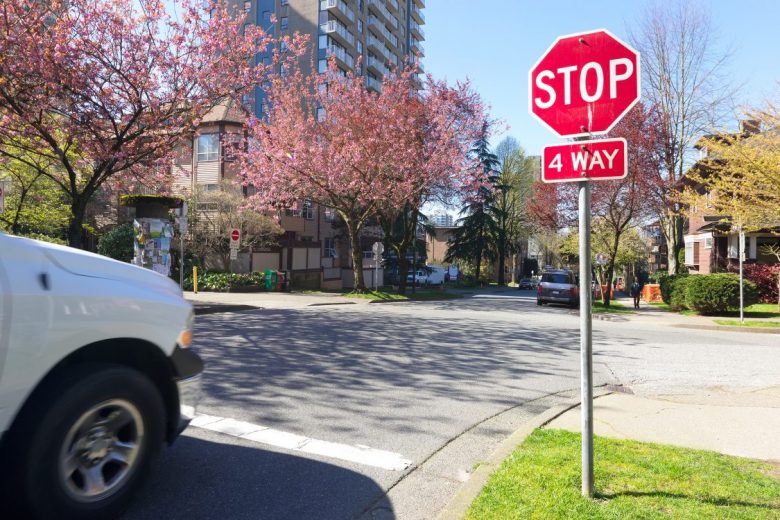
Remember that day when your driving instructor told you what to do at every 4 way stop. Count from 1 to 3, watch out for any pedestrian or vehicle around, then keep driving cautiously.
That’s a very important advice because you could be braking at a 4 way stop or any other place where it could be difficult to know who has the right of way.
In this kind of situations it is better for you to concede the right of way to the other vehicle. Many times drivers don’t stop at all, or they don’t even know how to respond to a 4 way stop.
Be cautious, pay attention to the other vehicles around you, and anticipate the reaction of other drivers at complicated situations.



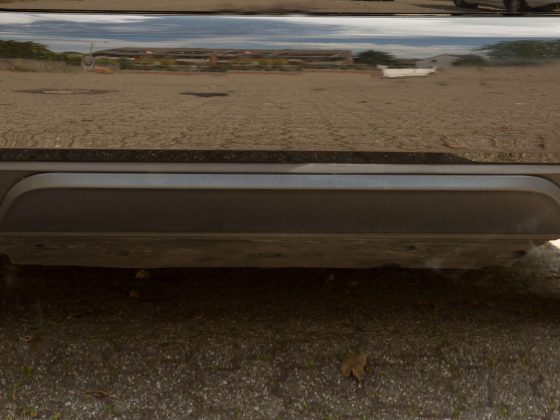

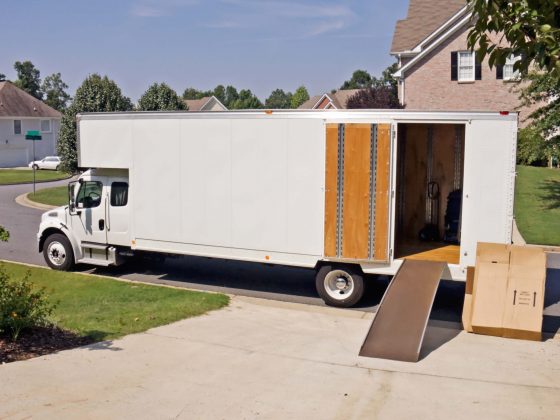



2 comments
People in my town drive like crazy. I wish more of them read this.
Hello Chris! Feel free to share it. Safe driving is no accident.